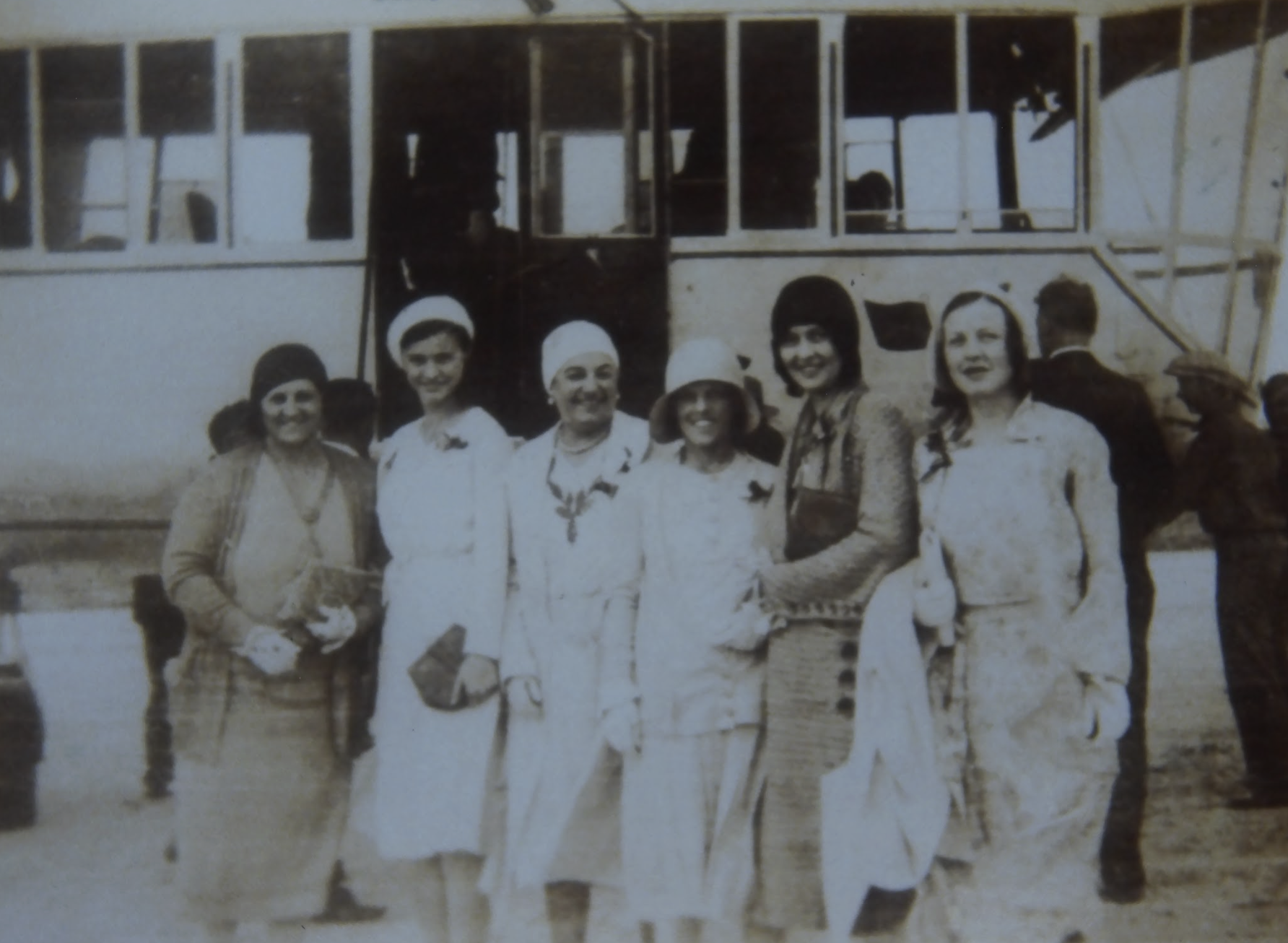
Archives
Step into the story of Opa-locka’s remarkable past. The Archives section is your gateway to the city’s rich architectural, cultural, and community heritage—preserved through documents, photographs, and voices that bring history to life.
Discover a curated collection of resources that trace Opa-locka’s evolution from its 1926 founding to the present day. Here, you’ll find:
- Institutional Collections: Access information about museums, libraries, and archives that house original artifacts, architectural drawings, and historic images of Opa-locka.
- The Opa-locka Oral History Project: Developed by Ten North Group, this ongoing initiative captures the personal stories, memories, and experiences of residents who helped shape the city’s unique identity.
- Photo Archives: Explore an ever-growing visual record showcasing Opa-locka’s people, landmarks, and moments—from the city’s early Moorish Revival architecture to contemporary community life.
Whether you’re a researcher, student, or curious visitor, the Archives offer a window into Opa-locka’s enduring legacy and the people who continue to define it.
Institutions
UM’s Richter Library houses a department of Special Collections, which contains two significant archives to Opa-locka’s history: the near-complete collection of commercial/residential/municipal architectural elevation plans, as well as sketches, , photographs, and newspaper clippings from architect Bernhardt Muller’s New York firm; the research and restoration work conducted in the mid-1980s and over a five-year span of preservation consultant Michael Maxwell. Archives are not available digitally, but can be accessed in-person with an appointment.
University of Miami’s Richter Library Special Collections
HistoryMiami Museum Archives
South Florida’s preeminent historical museum and Smithsonian Institutde affiliate, HistoryMiami houses a vast collection of materials related to the region’s ancient roots and founding players. Specific to Opa-locka, their collection boasts ephemera from the city government, the research work of preservation consultant Emily Perry, the Arabian Nights festivals throughout the decades, as well as the Claude Matlack Photograph Collection, one of Miami’s only photographers to have documented the architectural developments of the 1920s. A select few photographs are available online, with all other materials available in-person by appointment.
Miami Springs Historical Society and Museum
Established in 1987 to protect and promote the legacy and Miami Springs home of founder Glenn Curtiss, the Society owns the most comprehensive collection of early Opa-locka photography available. They welcome visitors to their museum space Saturdays from 1-4 pm ET, and regularly host events in the city.
Home to a collection of original photographs and scrapbooks from Gleason Waite Romer, as well as ephemera from the city.
Miami-Dade Public Library System
History comes alive through the voices of the people who lived it. The Opa-locka Oral History Project, presented by Ten North Group, preserves the personal stories and lived experiences that shaped this extraordinary city—from its early years to the vibrant community it is today.
Through candid interviews and firsthand accounts, residents, community leaders, and artists share their memories of growing up, working, and creating in Opa-locka. Together, these stories paint a vivid portrait of resilience, imagination, and transformation.
🎧 Experience the stories for yourself — Visit the Ten North Group YouTube channel to explore the full Opa-locka Oral History Project playlist, and hear directly from the voices that make Opa-locka’s history unforgettable.
Historical Photo Archive
Thanks to the generosity of supporters near and far, we’ve been able to collect, digitize, and share rare historical images of Opa-locka—many of them never before seen by the public. Drawn from personal collections, community donations, and institutional acquisitions, these photographs offer a vivid window into the city’s unique past.
Explore a curated selection of these collections below.
If you have images to contribute or would like to make a research inquiry, we’d love to hear from you — please email us to get in touch.
Jay Bush, nephew of A Dream of Araby author Frank Fitzgerald Bush, shares a remarkable collection of family photographs — capturing intimate moments of Frank and his parents during their time in Carol City, along with rare images of Opa-locka’s founding preserved by his grandfather, Frank Bush Sr.
U.S. Navy veteran Mike Hiscano, a longtime South Florida resident, shares a collection of images featuring the U.S. Naval Air Station – Miami (now Opa-locka Executive Airport) along with other historical ephemera documenting the city’s history from the 1940s through the 1960s.
Dr. George Vergara, a cardiologist and former physician to Hugh Robinson Jr.—son of aviator and inventor Hugh Robinson—shares rare photographs from Opa-locka’s founding era, capturing historic buildings and candid moments at the Opa-locka Air Field.
Mark Conn, an Opa-locka resident from the 1960s through the late 1990s, shares personal family photographs featuring his grandparents, Arthur and Bernice Copello, proprietors of Opa-locka Drug, formerly located at Fisherman Avenue and Opa-locka Boulevard.










